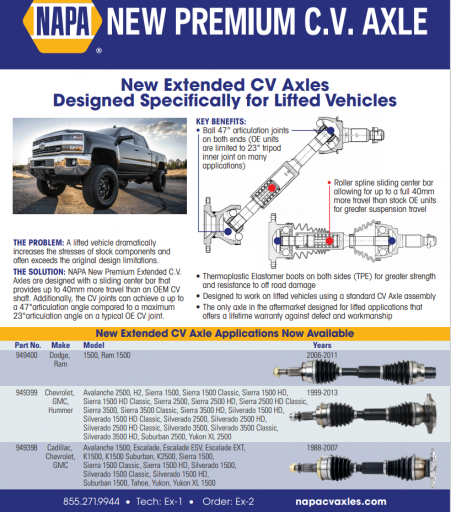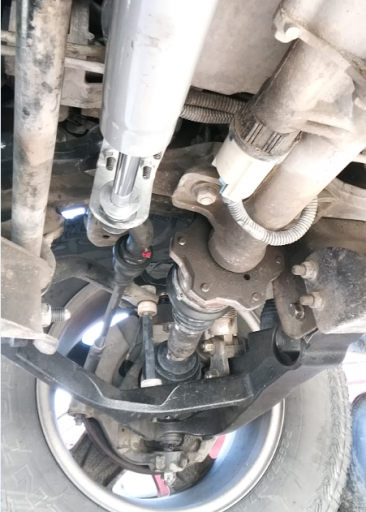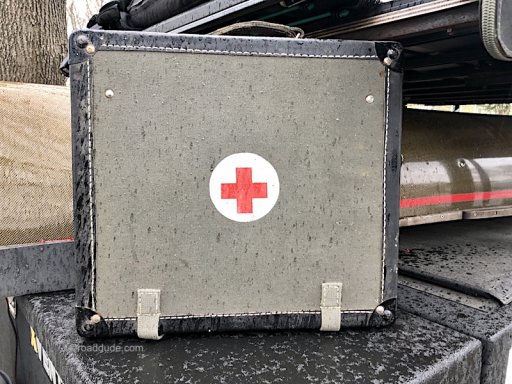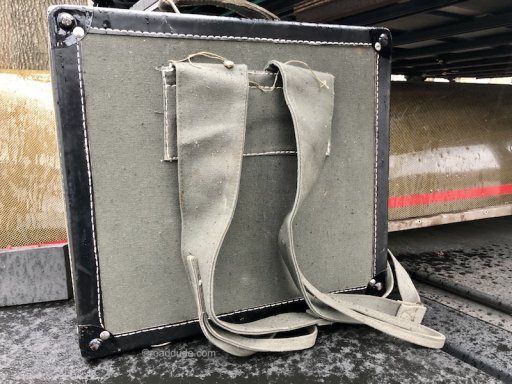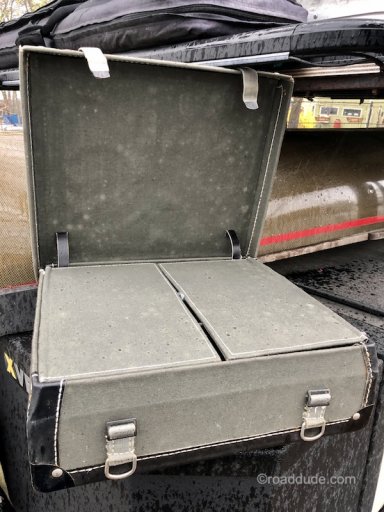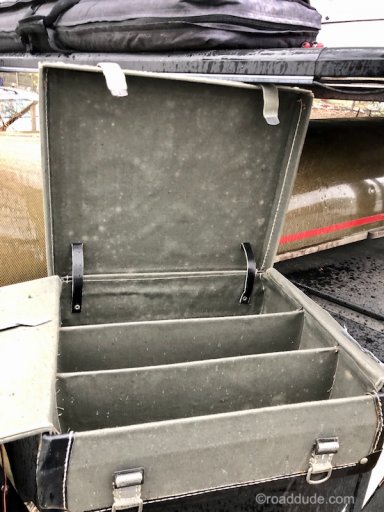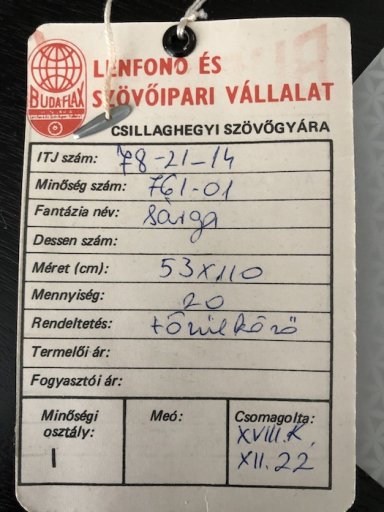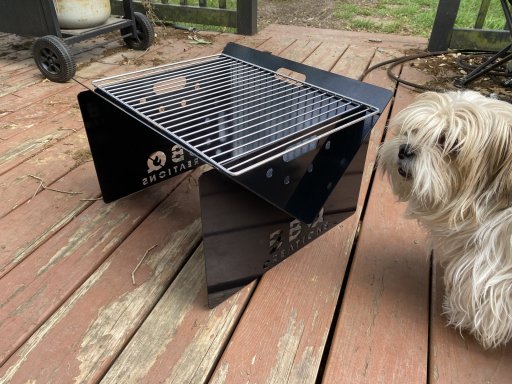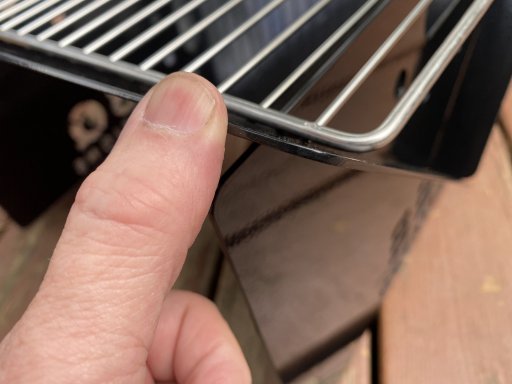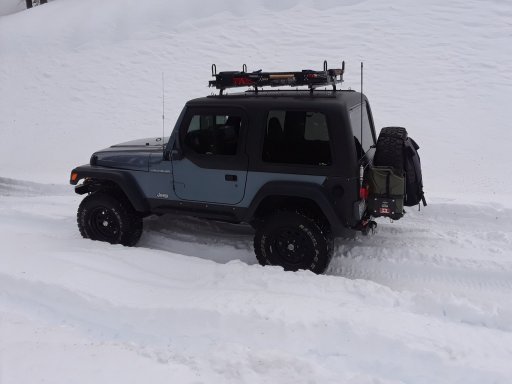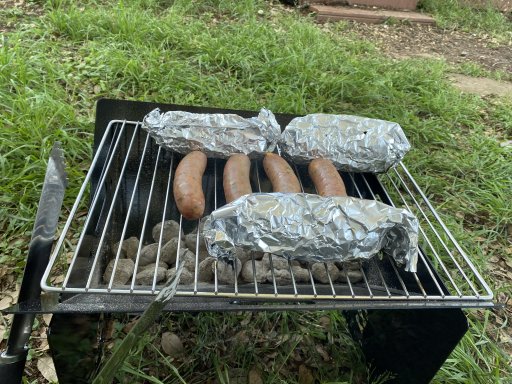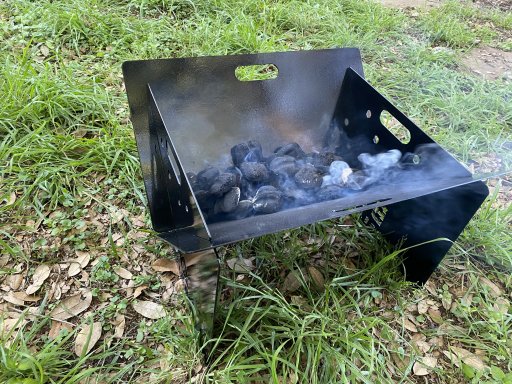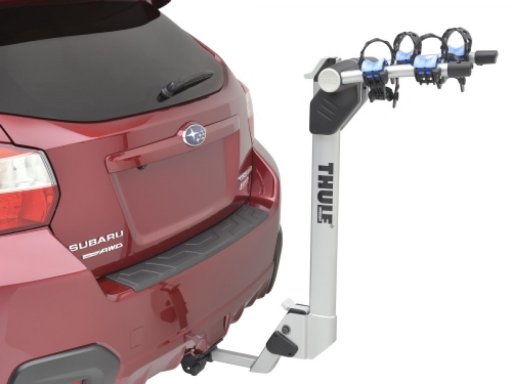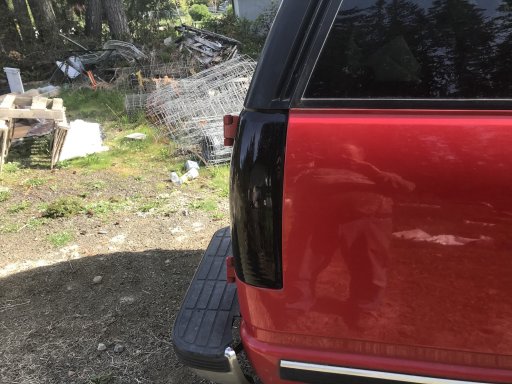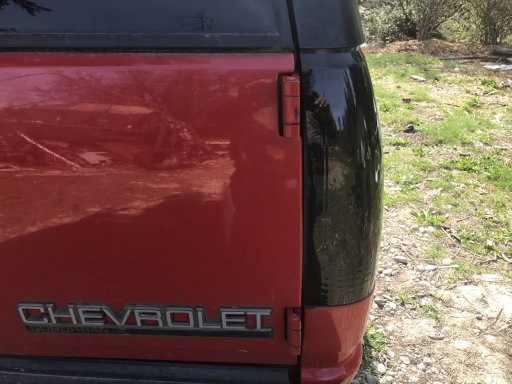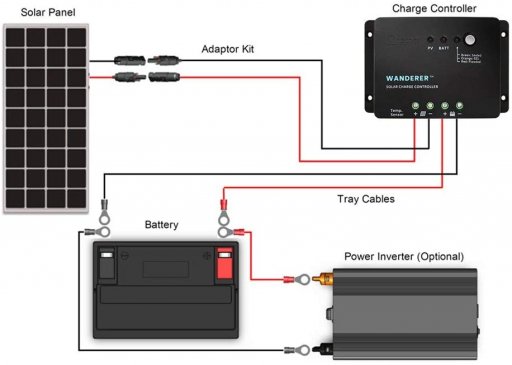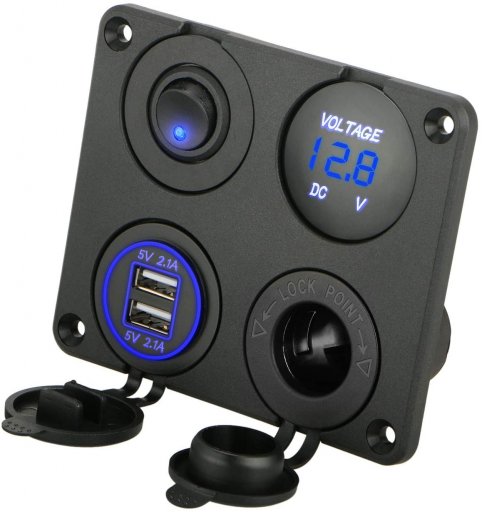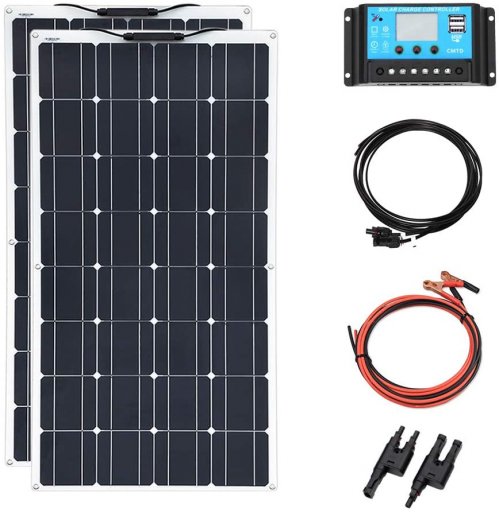anything I buy I like to eliminate technology, buy simple, spend less
overlanding I keep as simple as possible
Next big buy will be power for a fridge.... plus a bit of expandability for cell, tablet charging, but I can do that daily driving the Jeep.
For now fridge power plus a bit
With a trailer I'm leaning to pure solar, if a charging curcuit is required off the Jeep, I'll add it later but I'm hoping for pure solar on the trailer to do it all.
Most fridges draw 5 to 6 amps. The best buys for permanent roof top solar seem to be in the 200-240 watt range which I think will charge a battery in ideal conditions in about 8 to 10 hours maybe less under clear skies if the fridge is the only draw.
Any advice on how niave I am will be appreciated.
Thinking something like this.
less the inverter
View attachment 197126
plus the 12V outlet, 2 USB Port thingee.... if it will connect direct to the battery ? or will it require fuses too
View attachment 197128
VS.....
which adds the 12V out to the fridge plus 2 USB ports...... but does this include curcuit bearkers for the 12V output ?
View attachment 197127
.
With as used to camping without solar as you are already,
@Billiebob, you might find you don't need as much as 200w of panel.
I've used a 120w folding panel for years on my trailer, feeding 100ah of deep cycle (two 50ah batteries) through a simple
Zamp Charge Controller. It's been plenty for what I need: a low draw 12v ARB fridge, 12v water pump, air compressor, trailer lights, 2x 12v outlet which I use for charging mobile devices, camera batteries, etc.
The system is independent of the starting system. I've found that strapping my folding panel to the roof of the RTT when parked or underway, it does a great job keeping the deep cycles topped off all year long.
I have a 1000w inverter hooked up to the deep cycle, too, that I use occasionally to charge my bike battery or run an electric hair clipper, etc.
The charge controller shows me how much the panel is putting in, charging status, battery condition, etc. and can be easily set for different types of batteries; AGM, etc, though the one I have does not do lithium batteries, I don't think.
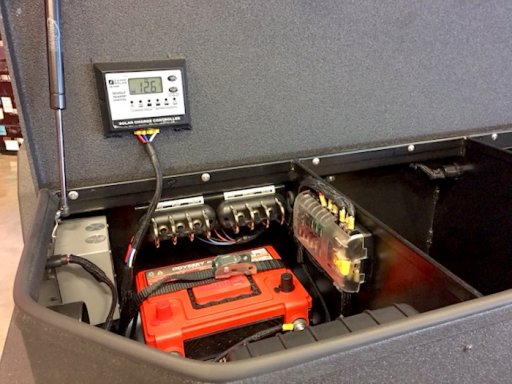
.
It's worked so well for me that I'm duplicatingthe same exact set up on my van so I have redundant systems that can run independently if away from basecamp or if I just take the van for a photography outing. Then whoever is back at camp still has power, too.
Yes, anything you connect to the deep cycle should be fused. Easiest is to connect a
Blue Sea Fuse Block to your battery, then run your wiring from that to whatever outlets, lights, air compressor, etc. I have a 12 circuit Blue Sea at right in the image above, though the link I provided goes to a 6 circuit. Most people find that once they have a solar set up and power stored in a deep cycle, they find other 12v things they'd like to power, too. Like a fan, another outlet with USB like you show, etc. So, sometimes it's easier to go ahead and install a fuse block with more circuits from the start.
I do have an inline battery charger/maintainer, too (a
NOCO Genius Mini 2), that takes shore power and keeps your batteries in shape when parked. Though with my panel on the roof full time through the winter, or moved around camp when camping, I haven't had to use it to charge/maintain my batteries in a over a year and half.
Here's my current power center setup, though it certainly does not need all this to be effective for what you want to do:
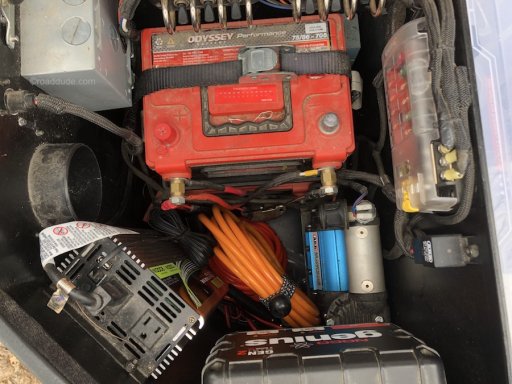
Clockwise from top left:
- 110 outlet box (in from shore power, out from inverter),
- 2x 50ah deep cycles (stacked)
- toggle switches above the batteries for the rock lights, trailer lights, air compressor, water pump, etc
- 12 circuit Blue Sea Fuse Block (right wall)
- ARB air compressor relay
- ARB air compressor beneath that
- Genius Mini2 battery charger/maintainer
- 1000w pure sine inverter
- port for passing through air hose, extension cords, etc
Looks more complicated than it is.
Hope that helps. If there's any other info I can help with, let me know.
.



